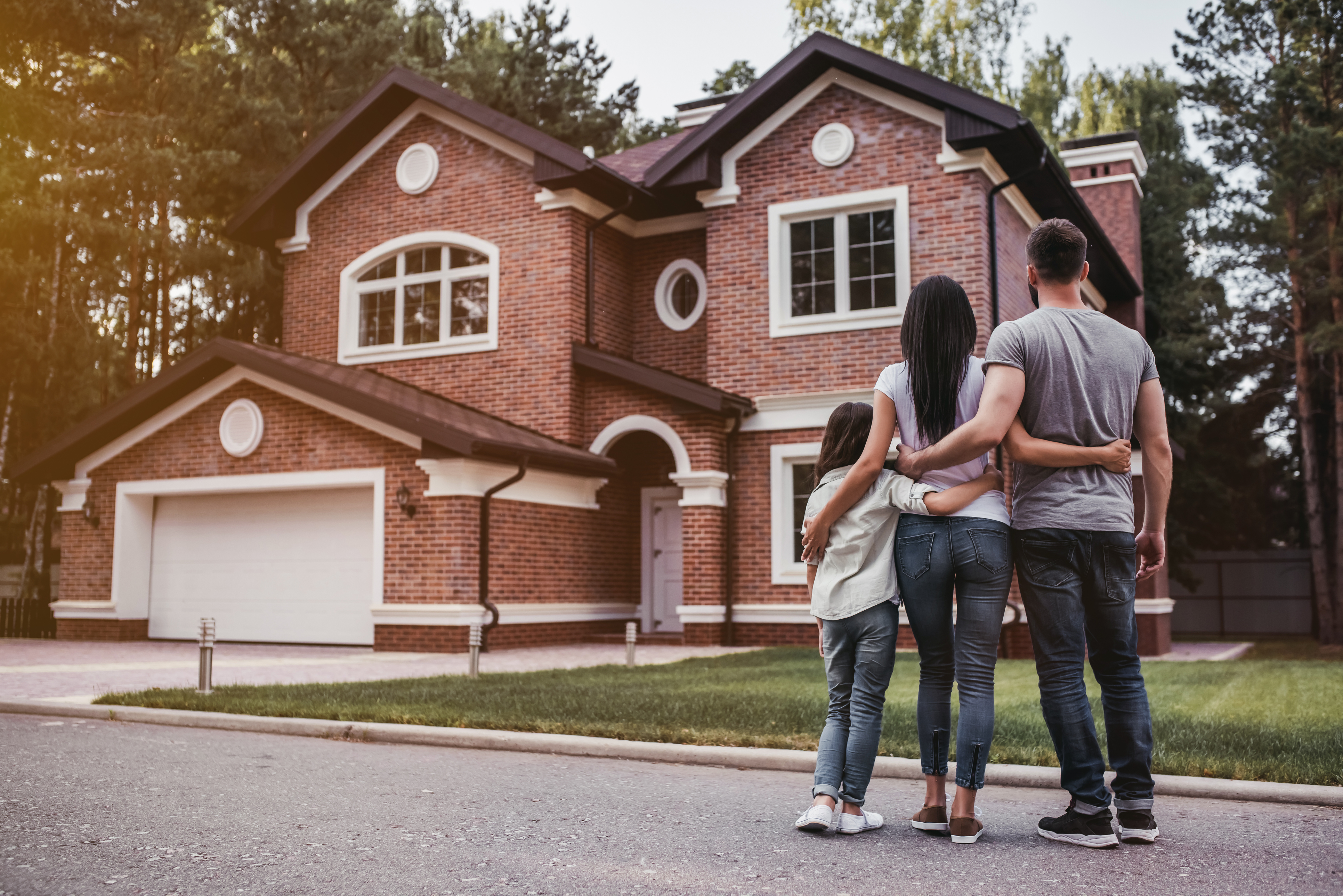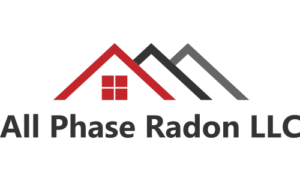What is Radon?
Radon is a gaseous, toxic, colorless, odorless and tasteless radioactive element formed during the natural breakdown of uranium in soil, rock and water. Radon can seep into your home through breaks in the foundation and can also contaminate well water. Tens of thousands of deaths per year are attributed to radon exposure. Radon is the second-leading cause of lung cancer (next to cigarette smoking). A simple test can save lives.
Should I steer clear from buying a house that has tested high for Radon?
If the radon levels (in the home you are considering for purchase) are high, don’t let that dissuade you from buying the house. Radon levels can be reduced with a radon mitigation system.



